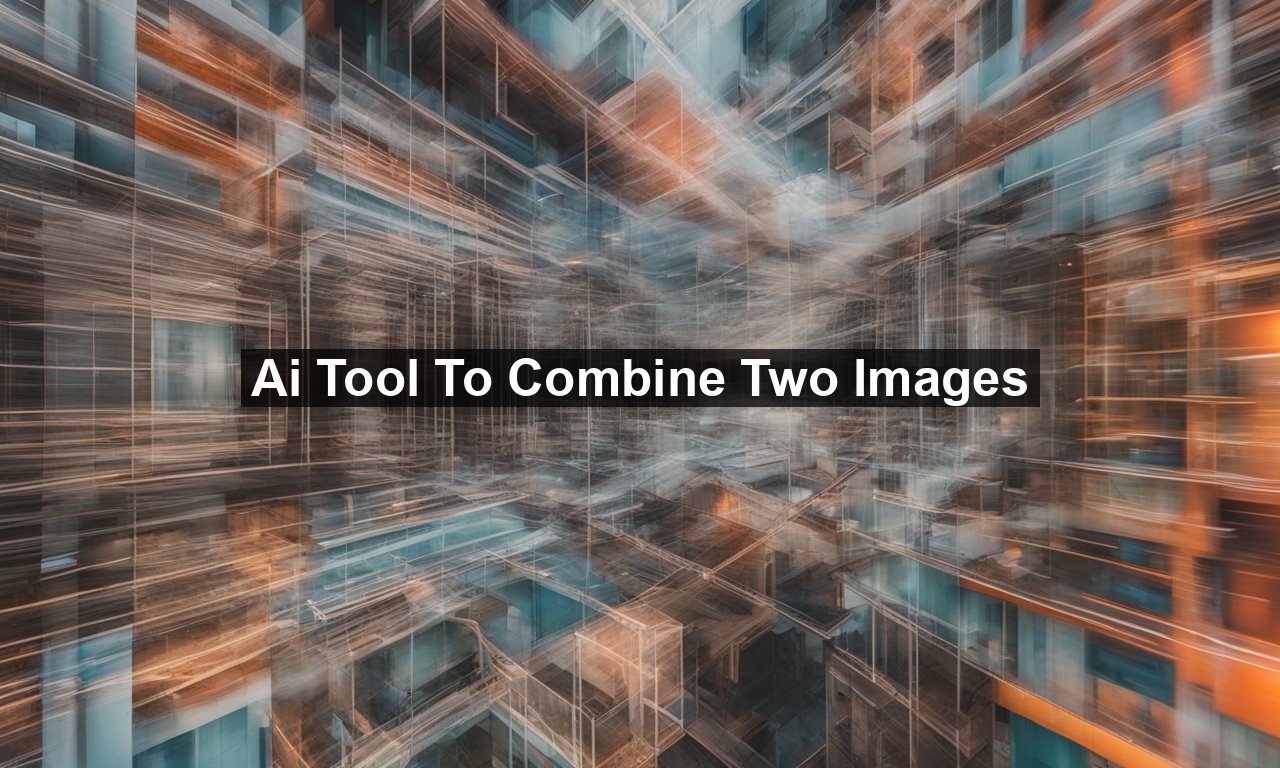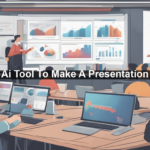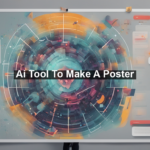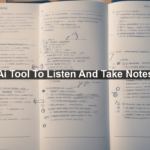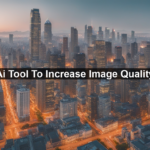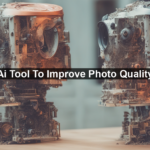Imagine effortlessly blending two photographs, creating unique and mesmerizing images with just a few clicks. Whether you are a professional photographer, designer, or simply an enthusiast looking to have some fun with your snapshots, an AI tool to combine two images can revolutionize your creative process. In this article, we’ll explore the capabilities of these incredible AI tools, their practical applications, and how you can start using them today. Get ready to unleash your creativity like never before!
What is an AI Tool to Combine Two Images?
An AI tool to combine two images leverages advanced algorithms and machine learning techniques to seamlessly merge two photos into one cohesive image. This process, also known as image blending or image morphing, goes beyond simple layering. It considers various elements like color schemes, textures, and lighting to produce a natural-looking result.
How Does It Work?
The working mechanism of these AI tools is both fascinating and complex. Here’s a simplified breakdown:
Why Use an AI Tool for Merging Images?
While traditional photo-editing software can combine images, AI tools offer several compelling advantages:
Time-Saving: AI tools automate the blending process, saving you significant time and effort.
Popular AI Tools for Combining Images
There are several AI-powered tools available that can help you combine images effortlessly. Here are a few noteworthy options:
DeepArt.io
DeepArt.io uses neural networks to merge images in various creative styles. Whether you want a seamless blend or an artistic rendition, this tool can deliver impressive results. Moreover, it supports a range of styles, enabling endless possibilities for your projects.
Artisto
Artisto is another popular choice, especially for mobile users. This app allows you to blend photos and videos, applying artistic filters that can transform your work into a masterpiece.
Adobe Photoshop Neural Filters
For those seeking professional-grade results, Adobe Photoshop’s Neural Filters utilize AI to offer powerful image manipulation capabilities. The smart portrait and style transfer features make it easy to combine images with precision and creativity.
Practical Applications of AI Image Blending
The ability to seamlessly combine images has a plethora of practical applications across various fields:
Best Practices for Combining Images with AI
To get the most out of your AI image blending tool, consider these best practices:
Challenges and Limitations
While AI tools for combining images are incredibly powerful, they are not without limitations:
Future of AI Image Blending
As technology continues to evolve, the future of AI image blending looks promising. We can expect even more sophisticated algorithms, making the process quicker, more intuitive, and more seamless than ever before. Furthermore, the integration of these tools into mainstream software and platforms will make them more accessible to a broader audience.
For more information on the potentials of AI in various fields, refer to this comprehensive article on what AI can do for creativeness from Forbes. Additionally, to dive deeper into the technical aspects of AI in image processing, check out this detailed research paper available at ArXiv.
Conclusion
AI tools to combine two images are revolutionizing the way we create and manipulate photographs. With their advanced capabilities, these tools open up new avenues for creative expression, making it easier than ever to produce stunning visual content. Whether you’re a professional or just getting started, exploring these innovative tools can take your projects to the next level.
So, what are you waiting for? Dive into the world of AI image blending and watch your creativity soar!
